The average person spends 90,000 hours at work throughout their lifetime. This is the majority of their waking hours during the work week, with some people clocking in on the weekends. With so much time spent working, it’s no surprise that the environment has a direct impact on their mental health. A positive work environment can help employees thrive, while a toxic one can make them anxious and depressed.
Cultivating a good company culture that prioritizes employee well-being will ensure you get the most out of your workforce. A company’s workflow is part of its culture, which is why warehousing, manufacturing, and wholesale businesses need to evaluate their processes to optimize productivity and reduce employee turnover. Learn more about the correlation between workflows and staff well-being so you can grow your business operations.
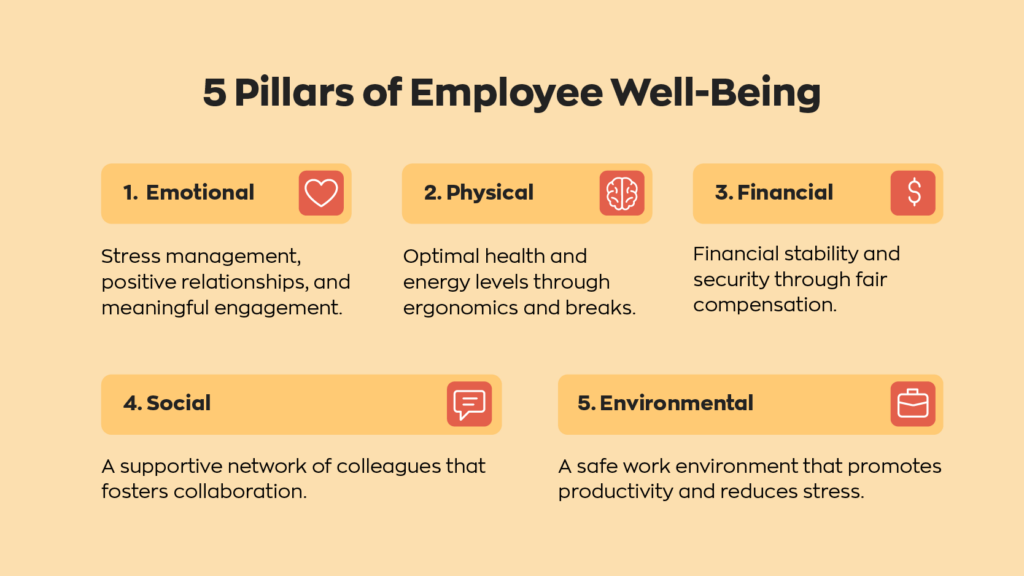
Impact of workflows on employee well-being
Inefficient workflows can place additional stress on employees in multiple ways. In the short run, this reduces their productivity. In the long run, you may notice higher quit rates, which increase your turnover-related expenses. Employee well-being has a direct impact on your company’s profitability. Here are a few connections between well-being and performance due to poor workflows.
Poor work-life balance
Work-life balance (WLB) refers to the amount of time employees spend physically and mentally away from the office. For example, someone might physically be away from a warehouse on vacation, but if they constantly check emails and respond to calls, they are still mentally working.
Poor WLB has a domino effect that harms the individual performance of employees and organizations as a whole. Employees who are exhausted due to poor WLB are more likely to make mistakes. They are also more likely to develop anxiety and depression, potentially turning to unhealthy coping mechanisms like increased smoking and alcohol consumption. This can lead to missed work or reduced productivity.
People need time away from work to relax and enjoy their favorite hobbies. This allows them to return to the office refreshed.
Burnout and stress
Anxiety and depression due to poor WLB can lead to burnout. Burnout occurs when employees mentally disengage from their jobs and no longer fear the consequences of poor performance. It is particularly dangerous for employees who handle inventory management systems because a single mistake can have ripple effects throughout the organization.
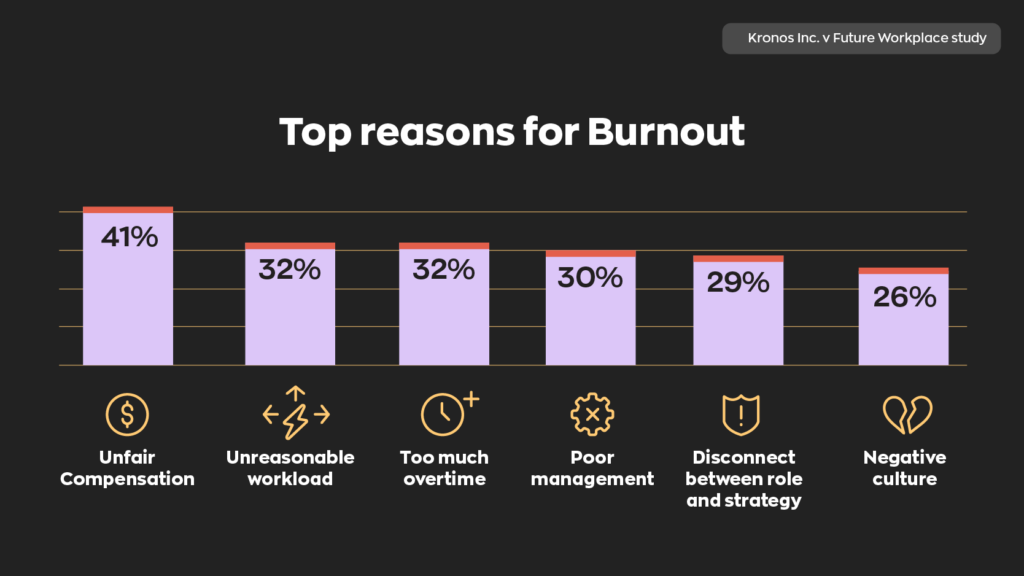
Burnout caused by high-stress jobs can lead to turnover. Employees will quit to find lower-stress opportunities, leaving gaps that companies must fill. This can lead to additional mistakes as your remaining staff have to pick up the slack, and new employees will naturally make errors during the onboarding process.
Lack of motivation and engagement
Repetitive tasks can leave employees bored and disengaged, which means a lack of motivation. Ultimately, this will lead them to be uninterested in their jobs and not invested in the organization.
At the bare minimum, disengaged employees only do what you ask. They will not try to go above and beyond so your organization can hit its goals. In the worst-case scenario, the disengagement spreads from one employee to the next, creating a toxic work environment across the department and organization.
How technology can improve workflows
Good news if you are worried about stressed or disengaged employees within your organization. There are many levers you can pull to increase engagement and create a better work experience. Here are a few opportunities to streamline workflows, which can increase productivity while reducing the impact of errors.
Warehouse management software
Warehouse management software provides increased transparency into your inventory. It can help you identify the aging inventory you want to move, help you create space for new items, and better track the number of items for each product you have. These tools significantly reduce the amount of paper documentation your team needs to keep up with by digitally tracking the items in your warehouse. This can minimize documentation mistakes and free up time for your staff.
Better management tools can also help you order products before they run out, streamlining sales and preventing gaps in inventory.
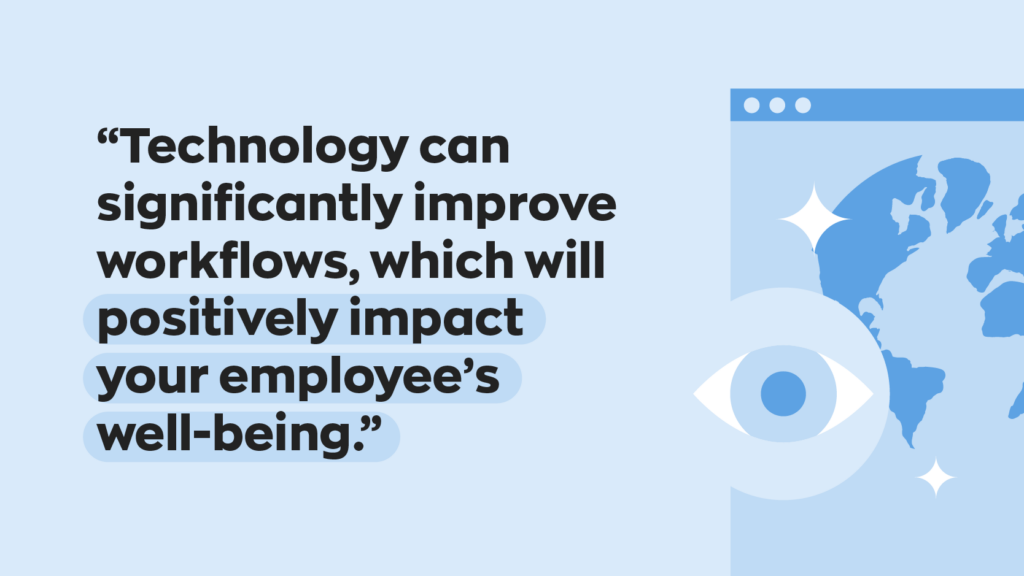
Barcode software
Barcodes are a valuable part of inventory management. You can scan an item to learn more about it, including how long it has been in your warehouse. Barcode management software can support your data entry process and make tracking and shipping items easier.
For example, barcodes eliminate the need for paper documentation because you can digitally check specific products or assets. Employees won’t spend as much time creating paper trails and filing documents. All in all, barcodes help eliminate the time-consuming, tedious tasks that contribute to employee burnout.
Manufacturing software
Manufacturing tools can also streamline your operations and prevent employees from getting overwhelmed by their workloads. With these systems, you can identify log jams in productivity where certain employees are overwhelmed with too many orders. You can then take steps to increase staffing, change your workflow, or adjust your order deadlines.
These tools also provide high-level views of your operations. You can identify opportunities to speed up some processes or simply do them better. This will benefit your employees, your customers, and your business as a whole.
Wholesale software
Wholesale software is specifically designed for B2B organizations that need help fulfilling orders, completing invoices, and managing other tasks. Investing in software designed for your organization can be more effective than using generic business operation tools that might only partially meet your needs.
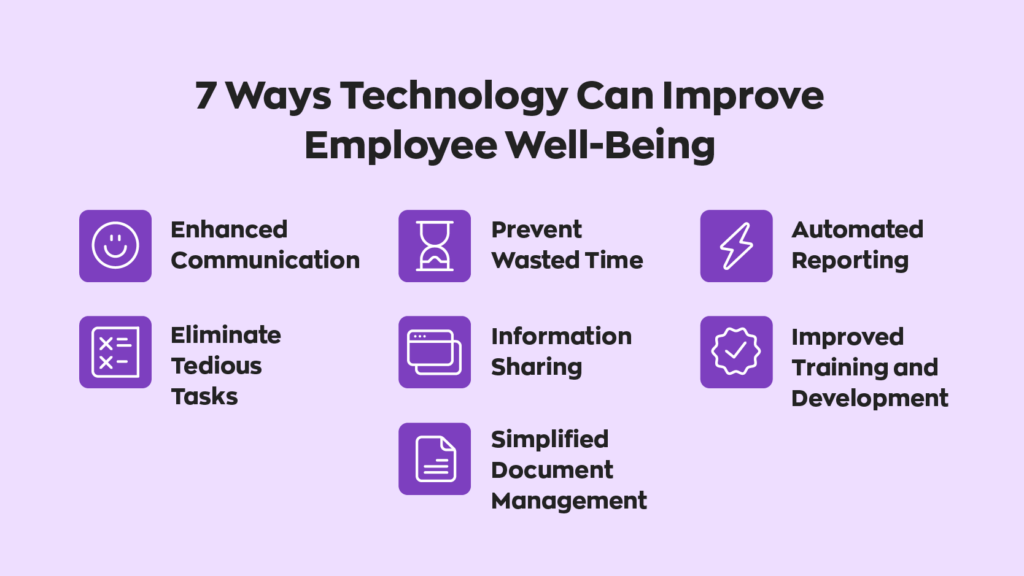
Investing in software from a reputable provider reduces manual inventory management tasks that employees have to keep up with. Automating tasks can reduce employee workloads and streamline the onboarding process whenever you bring on a new hire. Your staff members only need to learn how a specific software tool works instead of endless processes within your organization.
Wholesale software also allows managers to access real-time data that they can use to improve decision-making. You no longer need to wait for monthly or quarterly reports to make productivity adjustments.
Final thoughts
Managers and the executive team play a significant role in company culture. By investing in better processes that support your staff, you can increase engagement levels and reduce burnout. You can also mitigate risk by investing in software solutions so you are not reliant on specific employees. This protects your organization in the event of turnover while allowing your employees to enjoy a healthy work-life balance. Invest in the software you need today and give your employees the tools they deserve.





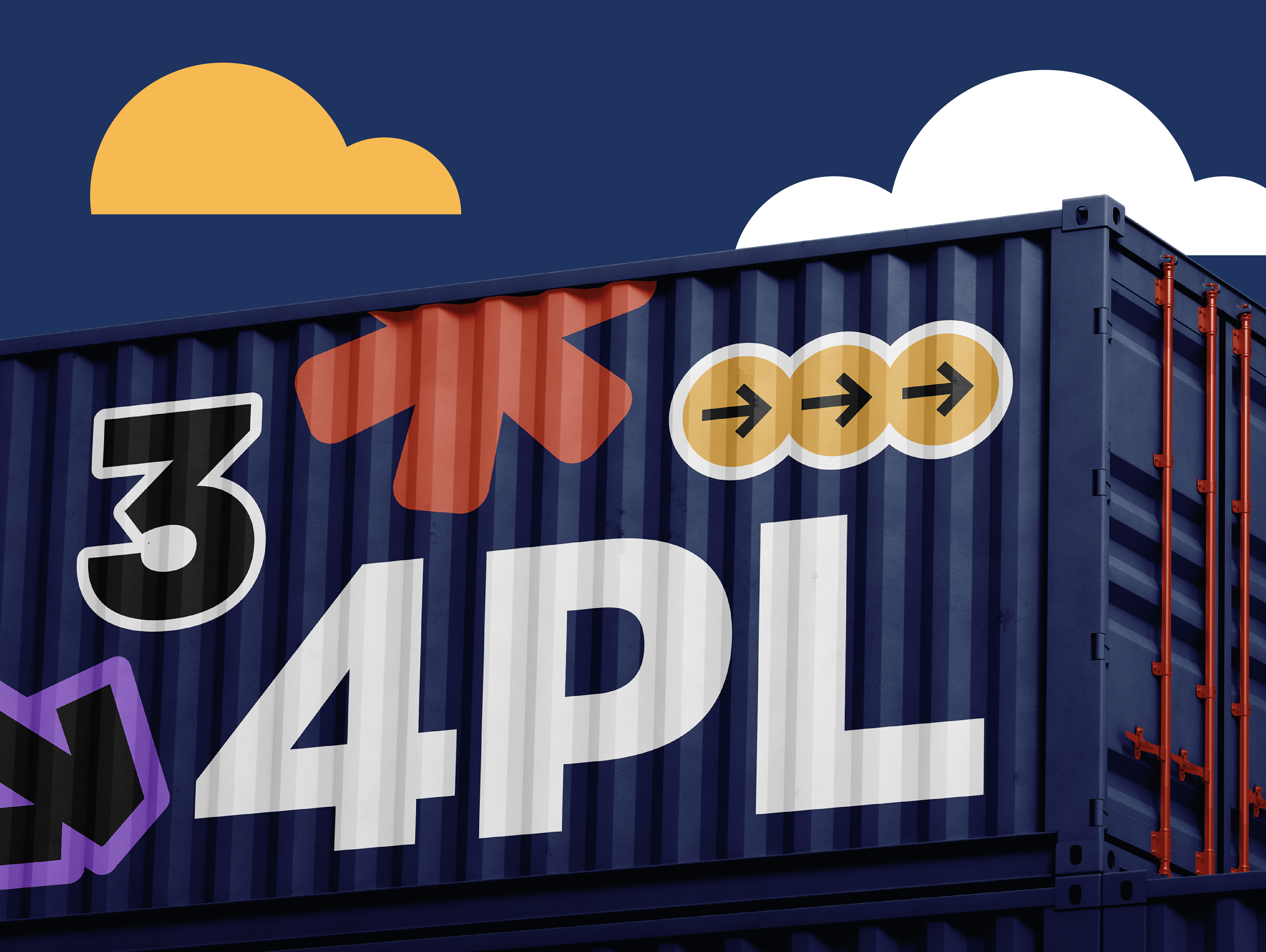
0 Comments